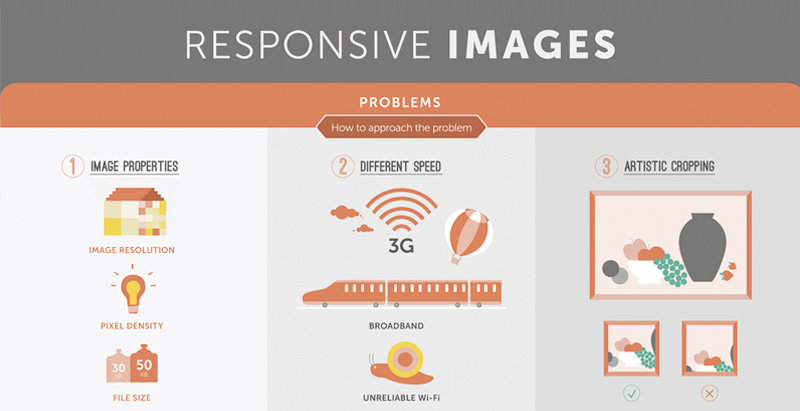Core Principles Of Site Layout: Recommendations For Crafting A User-Friendly Online Visibility
Core Principles Of Site Layout: Recommendations For Crafting A User-Friendly Online Visibility
Blog Article
Web Content Writer-Scarborough Daugaard
When it concerns website layout, ensuring user-friendliness is vital. From receptive design to structured navigating, every component plays a vital role in developing a site that deals with your target market's needs. Yet what regarding the better information that can make or damage a customer's browsing experience? Remain tuned as we discover some often-overlooked ideas that can boost your site's usability to the following level, making it genuinely attract attention in the digital landscape.
Importance of Responsive Design
Responsive style is a crucial aspect of modern web site advancement. Guaranteeing your site is receptive means that it can adjust to different display dimensions and gadgets, providing a seamless experience for individuals.
With the enhancing use of mobile phones and tablets to access the net, having a receptive style is crucial for reaching a bigger audience. It aids in boosting user experience by making your web site simple to browse and keep reading any device.
In addition, receptive style can positively influence your online search engine rankings, as internet search engine like Google focus on mobile-friendly internet sites. By having a receptive design, you're also future-proofing your website, as new devices with varying screen dimensions continue to emerge.
Simplify Navigation Structure
To improve user experience and help with simple access to details on your web site, enhancing the navigating framework is critical. When making your site, focus on producing a clear and intuitive navigating menu that assists visitors locate what they're searching for quickly.
Restriction the number of menu items to the basics, organizing associated pages together to avoid frustrating customers. Use descriptive labels that plainly show the content of each page, making it less complicated for customers to comprehend where each web link will take them.
Consider carrying out dropdown food selections for subcategories to stop jumbling the main navigation bar. Furthermore, consist of a search bar prominently on the web page for customers that choose searching for details information.
Prioritize mobile responsiveness in your navigating design to ensure very easy access on all devices.
Maximize Page Load Rate
Improving web page lots speed is critical for keeping visitors on your site. Slow-loading web pages irritate customers and can cause high bounce rates. To enhance web page lots rate, beginning by maximizing pictures. Compress photos without endangering high quality to minimize their documents sizes.
Additionally, make link web site for browser caching to keep regularly accessed resources in your area, speeding up tons times for returning site visitors. Digital Marketing Agency Quotes , JavaScript, and HTML data by removing unnecessary characters, comments, and format, enhancing tons speed.
Consider using a content delivery network (CDN) to disperse your site's material throughout several servers worldwide, decreasing latency for users accessing your website from different locations. Finally, limit making use of third-party manuscripts and plugins, as they can dramatically influence tons times.
Verdict
To conclude, by including responsive design, simplifying navigation, and enhancing web page lots speed, you can develop an user-friendly site that interest a wider audience and enhances customer experience. These essential elements make sure that visitors can quickly gain access to and browse your site across different gadgets, resulting in enhanced interaction and contentment. By concentrating on these crucial aspects, you can construct a successful internet site that keeps users coming back for more.
